Beamforming with Antenna Arrays in mmWave bands and OTA measurements
Physical (analog) beamforming plays important roles to overcome severe path-loss in millimeter wave (mmWave) communications in the 5G and upcoming 6G communications systems. From a view point of network deployment, 5G/6G communications de- mand huge amount of small cells to achieve dense networks. The costs of the small cells directly relate to the operation expense. Using few RF chains to support multiple users can significantly reduce the hardware and computational costs of base stations and small cells, and thus it benefits the corresponding deployment.
We have proposed a new beam sharing system that uses few RF chains to support more users. Moreover, to verify the feasibility and the advantages of the new concept of beam sharing in practice, we have implemented a hardware platform and performed OTA (over-the-air) experiments. This platform is at 28 GHz mmWave frequency band and consisting of an 8×8 uniform planar array (UPA). The OTA experiments have showed that the beam sharing scheme indeed works well in practical wireless enviorments as well as outperforms conventional beamforming schemes.
Physical Beam Sharing Multiuser Systems: Beamforming Designs and OTA Testings
This work proposes a novel physical beam sharing system to use few radio-frequency (RF) chains to support more users. The concept of beam sharing is to design a beam pattern to simultaneously benefit all users. In this proposed system, every user can receive a number of data streams equal to the number of RF chains at the base station (BS) and achieve full multiplexing gain. A special design example is that the BS can support multiple users simultaneously even with only one RF chain. As a result, the computational and hardware costs of the BS can be significantly reduced due to the decreased RF chains in deploying a dense communications network.

OTA Measurement
Measured EVMs show that the proposed physical sharing beam indeed simultaneously serves both users with only one RF chain.


Measured beam pattern indeed forms beams simultaneously towards two directions, and the trend is close to the theoretical beam pattern.


- Publication:
[J33] Yan-Yin He, Hsiao-Chien Chen and Shang-Ho Tsai, “Physical beam sharing multiuser systems: Beamforming designs and OTA testings,” IEEE Trans. Wireless Communications, Feb. 2022. pdf
Low Earth Orbit (LEO) Satellite Communications
We have been collaborating with industrial companies to develop algorithms and architectures to reduce energy consumption and deployment cost in LEO communications. The topics include novel beamforming/precoding schemes, methods to overcome serious Doppler spread, energy-efficient algorithms, and LEO constellation designs.
Cloud-RAN and Open-RAN Communications
Precoder and Spatial Compression Filter Designs for Uplink Cloud Radio Access Networks
Fronthaul loading between BBUs and RRHs in a C-RAN is usually limited due to the capability of fiber bandwidth and considerations of deployment cost. This work proposes a MIMO spatial compression filter, and which compressed symbols to upload at RRH side as well as MIMO precoding at UE side. The error rate performance of the scheme is analyzed, and closed-form analysis results are obtained. Based on the analysis results, we propose solutions for the spatial compression filter, compressed symbols and UE precoder. The proposed MIMO spatial compression filter and compression symbols can significantly reduce the fronthaul loading, and under the same setting, it has better performance than the traditional scheme. Furthermore, the proposed precoder can further improve the performance when the UE has multiple antennas. The simulation results show the accuracy of the analysis and the advantages of the proposed scheme in terms of error rate performance and reduced fronthaul load.
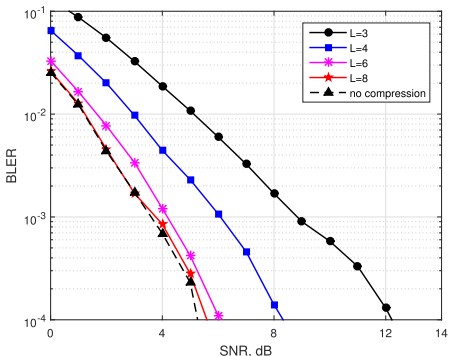
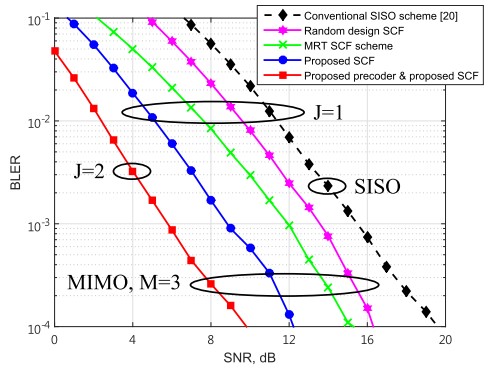
Energy Efficient Cloud Radio Access Network with Antenna Arrays
This work aims to improve the energy efficiency of cloud radio access network (C-RAN). However, power consumption is an important issue in C-RAN, especially for mmWave bands where systems generally consume large power due to having massive phase shifters. Due to the large number of phase shifters in the system, a lot of power is consumed. In the case of fixed user rate, we propose three different solutions to design C-RAN beamforming. Among these methods, we can choose whether to turn off the phase shifter in the array antennas to further reduce the overall power consumption. Simulation results show that the proposed algorithm can greatly reduce the overall power consumption of C-RAN.

- Publications:
[J30] Guan-Yu Chen, Shang-Ho Tsai and Xiang-Quan Ser, “Precoder and spatial compression filter designs for uplink cloud radio access networks,” IEEE ACCESS, vol. 9, pp. 143707-143720, Sep. 2021. pdf
[J34] C. -C. Wang, Y. -Y. He and S. -H. Tsai, “Energy Efficient Cloud Radio Access Network with Antenna Arrays” accepted to be published in APSIPA Trans. Signal Inf. Process., 2022. pdf
Learning Models and Connection to Classical Detection Theory: Using VF Predicting
Outcomes as Examples
This work proposes a learning model to predict the outcome of electrical defibrillation from electrocardiography (ECG) signals in ventricular fibrillation (VF) periods, which is a lethal situation happening when a patient is suffering cardiac arrest. This proposed model only extracts one feature from the ECG signals and enjoys low computational complexity at both training and testing stages. The statistics of this extracted single feature is further analyzed, and mathematical closed-form formulas for several interesting performance indices including the sensitivity, specificity, accuracy, precision and Area Under the Curve (AUC) are obtained to gain more insights of the proposed system. Moreover, the extracted feature can be treated as a linear combination of individual frequency components of the ECG signal, where the combining coefficients of the linear combination may show informative clinical inference. Frequencies corresponding to large trained combining coefficients imply that they contribute more in distinguishing the defibrillation outcome, and vice versa. As a result, important frequencies of the ECG signals can be identified and insignificant frequencies can also be filtered out by the proposed training.

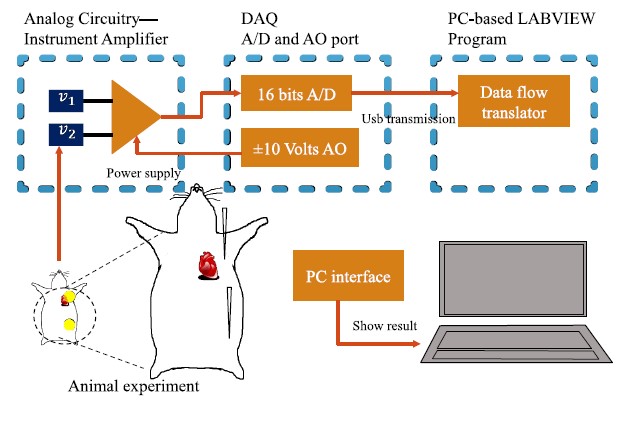


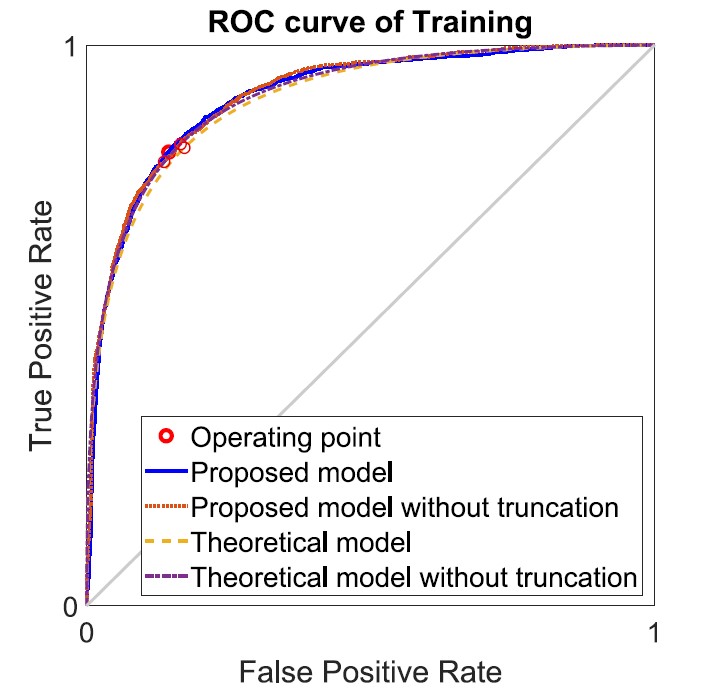

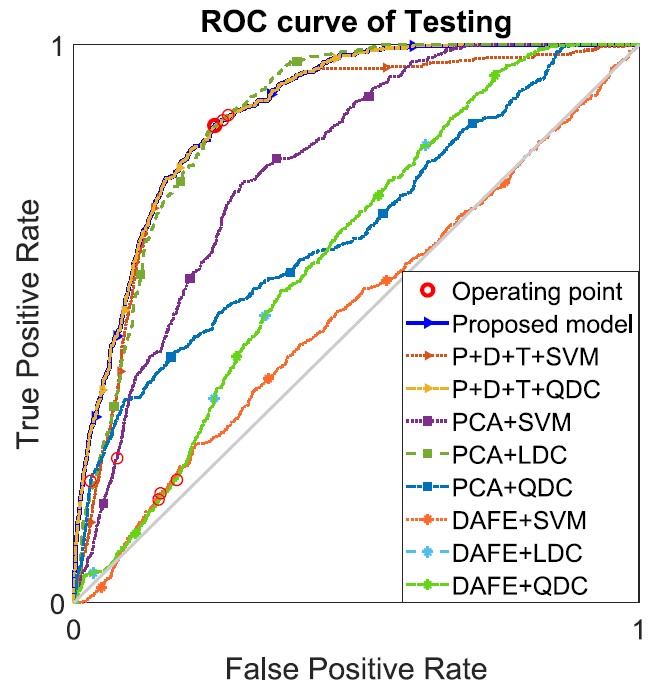
- Publications:
[J32] Dean-Chang Ling, Min-Shan Tsai, Dean-An Ling and Shang-Ho Tsai, “Predicting ventricular defibrillation results using learning models: A design practice and performance analysis,” IEEE Open Journal of Circuits and Systems, vol. 2, pp. 686-699 Nov. 2021. pdf
[C48] Shang-Ho Tsai, Min-Shan Tsai, Hsin-Chi Huang and Dean-Chang Ash Ling, “Predicting Defibrillation Outcome in Ventricular Fibrillation using ECG with Neural Network Algorithm,” in IEEE ISCAS 2019, Hokkaido pdf